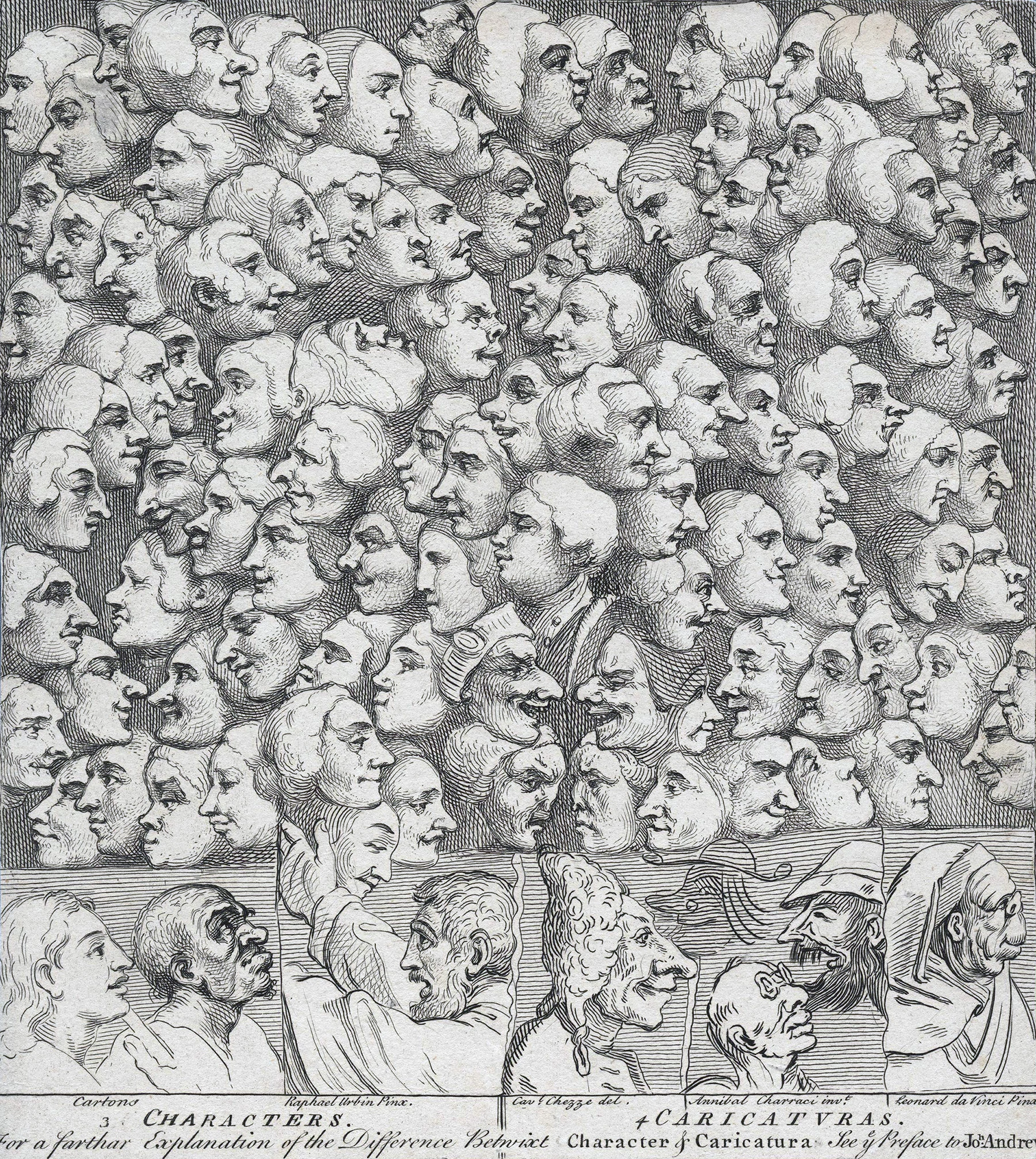

William Hogarth
A printmaker analyzes taste — and beauty comes out on top
1697 – 1764How great a share Variety has in producing beauty may be seen in the ornamental part of nature.
The shapes and colors of plants, flowers, leaves, the paintings in butterflies wings, shells, etc. seem of little other intended use than that of entertaining the eye with the pleasure of variety.
All the senses delight in it, and equally are averse to sameness. The ear is as much offended with one even continued note, as the eye is with being fixed to a point, or to the view of a dead wall.
Yet when the eye is glutted with a succession of variety, it finds relief in a certain degree of sameness; and even plain space becomes agreeable, and properly introduced, and contrasted with variety, adds to it more variety.
I mean here, and everywhere indeed, a composed variety; for variety uncomposed, and without design, is confusion and deformity.
Observe, that a gradual lessening is a kind of varying that gives beauty. The pyramid diminishing from its basis to its point, and the scroll or volute, gradually lessening to its center, are beautiful forms. So also objects that only seem to do so, though in fact they do not, have equal beauty: thus perspective views, and particularly those of buildings, are always pleasing to the eye. The little ship, figure 2, plate 8, supposed moving along the shore, even with the eye, might have its top and bottom bounded by two lines at equal distances all the way, as A; but if the ship puts out to sea, these lines at top and bottom would seem to vary and meet each other by degrees, as B, in the point C, which is in the line where the sky and water meet, called the horizon. Thus much of the manner of perspectives adding beauty, by seemingly varying otherwise unvaried forms, I thought might be acceptable to those who have not learned perspective.